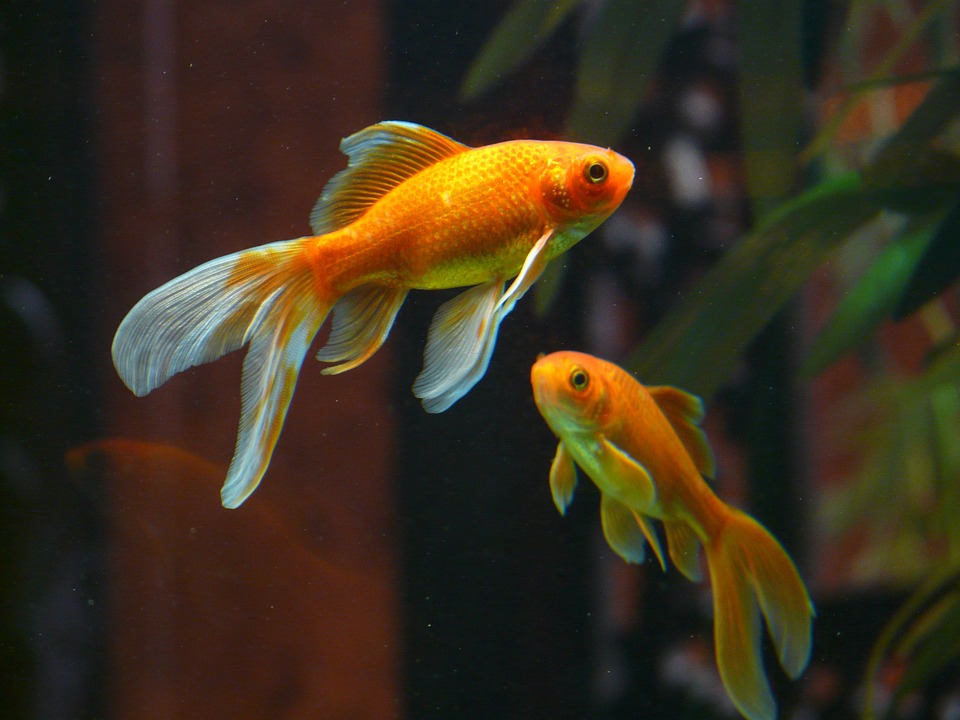General
Understanding Water Chemistry for Aquarium Fish

We all love our aquarium fish and would like to see them live long healthy lives. To ensure that your fish remains healthy they must have the proper living environment. The aquatic environment that your fish lives are very delicate and you should have some understanding of water chemistry to ensure a healthy environment for your fish. Don’t get discouraged if you don’t know much about water chemistry or completely understand all the factors it entails, there are many products now available to help you test your water and kits to fix any problems. The three basic parameters all aquarium owners should be aware of are pH, temperature and dissolved oxygen.
Understanding pH
Since we are dealing with an aquatic environment you must take into account the pH of the water. To keep it simple, pH measures the acidity or alkalinity of the water. It is measured on a scale from 0 to 14 with 7 being neutral. Now, you never want your water too acidic (below 7) or too basic (above 7). Most fish are very comfortable in pH ranges from 6 to 8, but it is important to understand what type of water your fish prefers. There are many devices to test pH and the simplest is litmus paper. You just did the paper in the water and it will change color. You then compare the color of the paper to a color chart and that will tell you the pH. Most problems that occur are when water is too acidic. The best solution is a carbon filter. Most filters used in fish tanks are carbon filters and they will help raise the water’s pH. There are also many liquids designed to change the pH of your water, but the most important thing is to understand what pH range your fish are comfortable in and regular water testing.
Temperature
Temperature is the easiest thing for most people to understand since we deal with temperature every day. However, you must understand how temperature affects fish. The metabolism of a fish is designed to work within a certain temperature, and all species have optimal temperatures. Since fish are cold-blooded they cannot raise their body temperature on their own. The surrounding water is going to determine their body temperature. Most aquarium fish like the water warmer, but again find the optimal temperature for your fish. Place a thermometer in the tank to keep an eye on the water temperature. If the water is too cold place an aquarium heater in the tank to warm the water. Be careful not to change the temperature of the water to fast because that could be lethal to the fish.
Dissolved Oxygen
Just like you and I fish need oxygen to live. A fish’s gills are designed to pull oxygen out of the water. Oxygen gets diffused into water through the mixing of air with water. Fish generally need the water above 5 parts per million to survive. Most water filters pump the water up and then the water plunges back into the tank and adds oxygen to the water. However, this may not be enough for your fish population. If you notice fish swimming near the surface gulping surface water (except for air-breathing fish) it is a sure sign there is not enough dissolved oxygen. Air pumps with air stones can be added to raise dissolved oxygen levels. There are other factors that determine the amount of dissolved oxygen in your water. Temperature is the most significant. Warmer water holds less oxygen than cold water. Also, the cleanliness of your tank will affect dissolved oxygen. The debris that builds up on the bottom of your tank will take oxygen out of the water, so keep your tank clean.
You don’t need to be a scientist or write research papers to understand that basic water chemistry is very important to ensure your aquarium fish remain healthy. Remember to determine the ideal water chemistry for your fish and test the water regularly. This way you will create a healthy living environment for your fish and help them live long and healthy lives.
-

 Tech11 years ago
Tech11 years agoCreating An e-Commerce Website
-

 Tech11 years ago
Tech11 years agoDesign Template Guidelines For Mobile Apps
-

 Business6 years ago
Business6 years agoWhat Is AdsSupply? A Comprehensive Review
-

 Business10 years ago
Business10 years agoThe Key Types Of Brochure Printing Services
-

 Tech8 years ago
Tech8 years agoWhen To Send Your Bulk Messages?
-

 Tech5 years ago
Tech5 years ago5 Link Building Strategies You Can Apply For Local SEO
-

 Law5 years ago
Law5 years agoHow Can A Divorce Lawyer Help You Get Through Divorce?
-

 Home Improvement6 years ago
Home Improvement6 years agoHоw tо Kеер Antѕ Out оf Yоur Kitсhеn

































